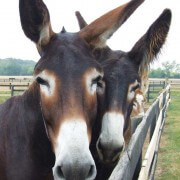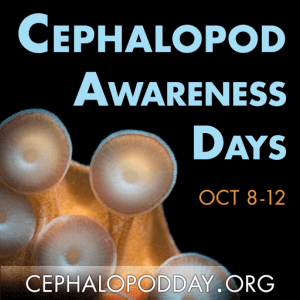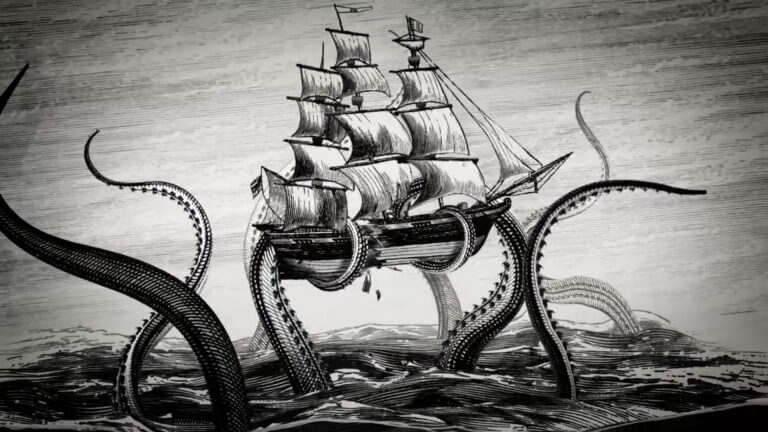 According to numerous sources on the Internet:
According to numerous sources on the Internet:
President Ronald Reagan signed a bill in 1985, designating October 26th as Mule Appreciation Day. Two hundred years before on this date, a ship docked in Boston, bearing the gift of a donkey from King Charles III of Spain to President George Washington.
We went a little crazy researching this holiday, delving into government records and scrutinizing proposed bills and signed laws. We can report that the bill did exist:
S.J.RES.39
Latest Title: A joint resolution to designate October 26, 1985, as “Mule Appreciation Day”.
Sponsor: Sen Gore, Albert, Jr. [TN] (introduced 2/5/1985)
Related Bills: H.J.RES.76
Yes, that’s right. Al Gore, senator from Tennessee, submitted this bill. (An identical bill was proffered by Representative Jim Cooper, also of Tennessee.) Both have this notation:
Latest Major Action: Referred to Senate committee. Status: Read twice and referred to the Committee on Judiciary.
We can find no confirmation that Reagan did indeed sign the bill into law. So that part of the story surrounding Mule Appreciation Day is probably bunk. But the actual story is still fascinating.
George Washington wasn’t just our first president; he was also an avid mule breeder and wanted Andalusian donkeys (known as jacks) to mate with his mares. But Spain forbade their export. In 1785, when word of Washington’s wish reached King Charles III, he dispatched a ship carrying two of the prized animals.
Only one of the jacks, dubbed Royal Gift, survived the sea voyage. Most accounts omit this detail and report the shipping of only one, perhaps because it is a sad footnote to the story.
In 1786, the Marquis de Lafayette sent Washington a jack and two mares (jennies) from a famous breed in Malta. These three historical figures influenced the breeding of mules forever.
Of course, Washington wasn’t the only person breeding mules. The Andalusian and Maltese breeds, along with the Catalonian, Majorcan, and Poitou, were incorporated over time into the development of today’s American Mammoth jack. According to the North American Saddle Mule Association (NASMA):
There are no longer any real populations of true donkey breeds in the United States. The registries are bound by size, not breed type….The tall, slender black jack may be used for saddle mules, and the heavy-boned, drafty dappled red roan used for draft mules.
Some say a mule is more intelligent than either parent. While that’s debatable, renowned veterinarian Robert M. Miller, a mule breeder, says the hybridization “accounts for his amazing strength and stamina.” A mule exhibits the best qualities of both parents.
A mule is generally sturdier than a horse, with stronger feet less likely to need shoeing, and will often live and work longer. His legendary sure-footedness and stability make him the animal of choice for those who pack or hike on steep mountain trails.
Because a mule inherits a strong sense of self-preservation from the donkey side of the family, he reacts differently to perceived threats. Miller states that when frightened, a horse will usually panic and flee blindly, often hurting himself in the process. “A frightened mule, on the other hand, will usually assess the situation, and avoid injuring himself,” according to Miller.
Maybe that’s what makes mules the preferred mode of transport on the precipitous trails that descend to the floor of the Grand Canyon. Legend has it that Brighty (a burro) accompanied President Theodore Roosevelt there when he hunted mountain lions.
That last part is a dodgy bit of Internet lore. Brighty (short for Bright Angel) did live in the canyon from about 1892 to 1922 and inspired a book and a movie. Roosevelt visited in 1903. Whether they came in contact with each other is a question for the ages.
We know this much is true: Visitors who ride all the way down to Phantom Ranch can send postcards from the bottom that say Mailed by Mule from the Bottom of the Grand Canyon.
Mules have played a significant role in our country’s history and deserve to be appreciated year-round. So the next time we see a mule, we’re going to pay him some respect. After all, he might just be looking back at us, thinking we’re jackasses.
Happy Mule Appreciation Day!


![]()




